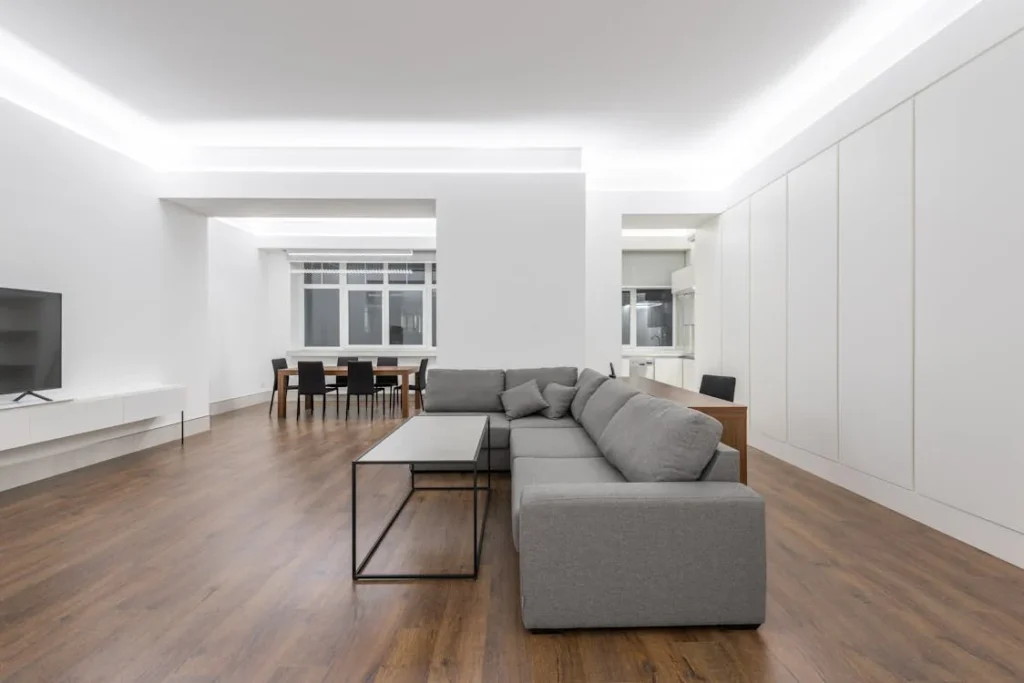
Colours are fundamental to our perception of the world, influencing our emotions, behaviours, and decisions. Among the myriad of colours, white and brown stand out due to their versatility, cultural significance, and symbolic meanings. This blog post delves into the unique attributes of white and brown, exploring their roles in design, fashion, and culture, and understanding why these colours remain timeless and influential.
White: The Color of Purity and Simplicity
It is a colour that evokes a sense of peace and calm, making it a popular choice in various domains, from interior design to fashion.
1. Symbolism and Meaning
In many cultures, white symbolises purity and innocence. It is commonly used in ceremonies and rituals to represent new beginnings and spiritual enlightenment. For instance, in Western cultures, white is traditionally worn by brides to symbolise purity and new beginnings. In Eastern cultures, white is often associated with mourning and funerals, representing a transition to a new stage of existence.
2. White in Design
In design, white is celebrated for its ability to create a sense of space and openness. It is frequently used in minimalist and modern design styles to achieve a clean, uncluttered look. White walls, furniture, and decor can make a space feel larger and more serene. Additionally, white serves as an excellent background colour, allowing other design elements to stand out.
- Interior Design: White walls and furniture can brighten up a room, making it feel more spacious and inviting. It also allows for flexibility in decor, as almost any colour pairs well with white.
- Graphic Design: White space, or negative space, is a crucial element in graphic design. It helps to create a balanced, readable, and aesthetically pleasing composition.
3. White in Fashion
White clothing is often associated with elegance and sophistication. A white dress or suit can make a bold statement, exuding confidence and style. Moreover, white is a versatile colour that can be worn in any season, making it a staple in many wardrobes.
- Summer Fashion: White is particularly popular in summer due to its ability to reflect light and keep the wearer cool.
- Formal Wear: White is a go-to colour for formal events, symbolising sophistication and grace.
Brown: The Color of Stability and Warmth
Brown, in contrast to white, evokes a sense of earthiness, stability, and warmth. It is a grounding colour that is often associated with nature and the environment.
1. Symbolism and Meaning
Brown is the colour of the earth and wood, symbolising stability, reliability, and approachability. It is a comforting colour that can create a sense of security and warmth. In many cultures, brown is associated with humility and wholesomeness, reflecting a connection to the natural world.
2. Brown in Design
In design, brown is valued for its ability to create a cosy and inviting atmosphere. It is commonly used in rustic and traditional design styles, adding a sense of warmth and character to a space.
- Interior Design: Brown tones in furniture, flooring, and decor can create a warm, inviting environment. Wood elements, in particular, are cherished for their natural beauty and durability.
- Graphic Design: Brown is often used in designs that aim to convey a sense of reliability and tradition. It pairs well with other earth tones and can add depth and richness to a colour palette.
3. Brown in Fashion
Brown is a versatile colour in fashion, offering a range of shades from light tan to deep chocolate. It is a practical and timeless choice that can be styled in various ways.
- Casual Wear: Brown is often used in casual clothing, such as leather jackets, boots, and accessories. Its neutral tones make it easy to mix and match with other colours.
- Fall and Winter Fashion: Brown is particularly popular in fall and winter, evoking the colours of the changing leaves and creating a warm, cosy aesthetic.
The Intersection of White and Brown
When combined, white and brown create a balanced and harmonious colour palette. This combination is often seen in design and fashion, where the crispness of white complements the warmth of brown.
- Interior Design: White and brown can be used together to create a sophisticated yet cosy atmosphere. For example, white walls paired with brown wooden furniture create a timeless, elegant look.
- Fashion: White and brown clothing combinations can convey both sophistication and approachability. A white shirt paired with brown trousers or accessories can create a stylish and balanced outfit.
Cultural Perspectives on White and Brown
The cultural significance of white and brown varies across different societies, influencing how these colours are perceived and used.
- Western Cultures: In Western cultures, white is often associated with purity and celebration, while brown is linked to nature and simplicity.
- Eastern Cultures: In some Eastern cultures, white is associated with mourning, whereas brown represents humility and connection to the earth.
Conclusion
White and brown are colours with profound symbolic meanings and practical applications. Their versatility and timeless appeal make them enduring choices in design, fashion, and culture. By understanding the significance of white and brown, we can appreciate the subtle ways these colours influence our perceptions and enhance our lives. Whether used individually or in combination, white and brown continue to inspire and evoke a sense of beauty, balance, and harmony.

